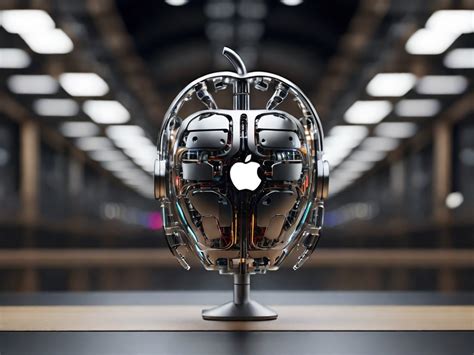Apple’s recent developments in artificial intelligence (AI) have sparked a mixture of reactions ranging from skepticism about their capabilities to admiration for their polished user experience. While some critics argue that Apple’s AI efforts have not yet reached state-of-the-art (SOTA) performance levels, the tech giant’s unique focus appears to be on creating a balance between advanced technology and user-centric design. This approach prompts an interesting discussion on what consumers really want from AI in their everyday devices.
One commenter aptly pointed out that
The key to understanding Apple’s strategy is recognizing its goal to integrate AI in ways that enhance user experience without compromising on privacy or responsiveness. Apple’s preference for local models, as opposed to cloud-based systems, ensures data privacy while maintaining swift app performance. This stands in stark contrast to the model approaches favored by many competitors, who often prioritize raw computational power.
For instance, WhatsApp has integrated AI-generated stickers, offering users a fun yet simple feature. Apple’s aim with features like these is to create a seamless, intuitive interaction between users and their devices. This philosophy seems to stem from a belief that user-friendly and practical features will ultimately have a more significant impact on customer satisfaction and loyalty than sheer technological power.
The debate becomes even more nuanced when we look at how different sectors are leveraging AI. In their comments, some users noted that Microsoft’s GitHub Copilot does a commendable job of blending AI capabilities with practical utility, suggesting that context and integration matter more than SOTA performance. This same principle is applicable to Apple’s ventures into AI.
Digging deeper into this AI integration, Apple’s
Establishing effective and safe AI interactions requires overcoming significant challenges. One of these is minimizing
This flexibility can transform user-device interactions, making AI an intrinsic part of daily digital life in a manner that feels natural and secure.
Additionally, Apple’s vertical integration provides a distinct advantage, allowing for seamless implementation across its ecosystem of devices. For example, a user can easily access AI capabilities on their iPhone, iPad, and Mac, creating a consistent experience. This is why solutions like Summarization and Prioritization are not just buzzwords but actual functionalities aimed at simplifying user tasks.
It is also worth noting that Apple’s hardware, such as the Neural Engine, is specifically designed to optimize these AI processes. This focus on specialized silicon helps Apple to deliver robust AI functionalities while maintaining energy efficiency, a critical factor for mobile devices.
In conclusion, Apple’s approach to AI is a prime example of how technology should adapt to human needs rather than the other way around. By prioritizing privacy, responsiveness, and practical integration, Apple sets itself apart from competitors who may focus more on SOTA performance at the expense of user experience. As the landscape of AI continues to evolve, it will be fascinating to see how Apple’s philosophy shapes the future of intelligent devices.


Leave a Reply